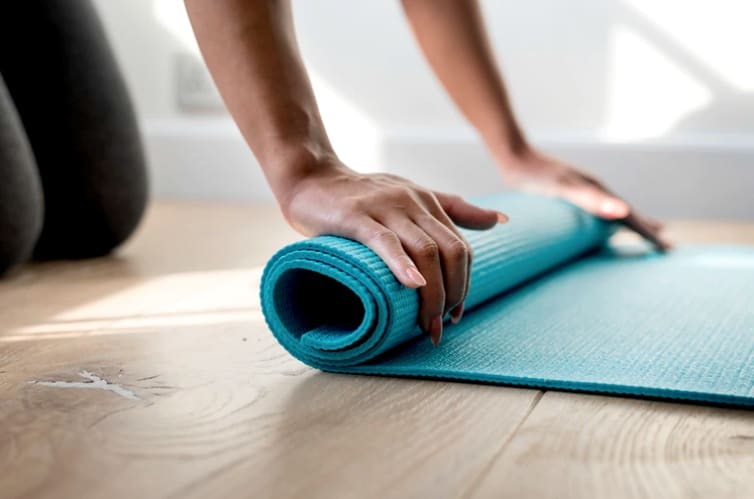Did you know that in 2018, over 15 million working days were lost due to work-related stress, depression or anxiety?

With working habits being scrutinised under a spotlight, organisations are exploring ways to promote wellness at work. The rise in agile working encourages people to work in comfortable environments, such as from their home or coworking spaces, whilst flexi hours offer a fluidity to the traditional 9-5 timeline that enables people to work the hours they need in order to be productive.
A few quick fix tips for wellness at work have sprouted up on the internet, with many companies implementing free fruit, standing desks, and on-site yoga classes. These are positive steps towards encouraging wellbeing at work, however workplace wellness definitely needs a greater and more holistic approach.

In some instances, people are looking for an extreme wellness fix; The Sunday Times recently reported on workers seeking ‘peak zen’ which included hyperbaric oxygen chambers, activated charcoal shots, and magnesium and amino acid intravenous drips. Even businesses are upping the ante: The Vitality Group is a company that designs corporate health promotion programmes with a carrot and stick mentality. It is believed that employees who meet health benchmarks will be rewarded, and those that don’t will be punished somehow. Whilst the data will be anonymous, workers’ health statistics, including BMI, smoking and stress levels, would be available for stakeholders to see. If this isn’t carefully and considerately communicated to people, it could do considerable damage; using fear of exposure to ‘motivate’ employees is more likely to lead to a mass exodus.
An article in Vogue described the obsession with mindful massages and yogalates as “wellness fatigue” So, what is the answer in the pursuit of a healthy and happy workforce? The solution, unsurprisingly, seems to be about balance. Just like a recipe, it’s about combining a variety of ingredients that together create something wonderful.

Instead of foosball tables and coconut water, ask workers what works and what doesn’t. In Neil Usher’s book, The Elemental Workplace, he explores how there are simple components that can contribute to healthy, people-centric workplaces. Factors include access to daylight, suitable social and technological connectivity, choice of where to sit so that focus work can be conducted in appropriate areas. Connect remote workers through a strong workplace culture, investing in the daily wellbeing of each person wherever they choose to work.

The physical working environment plays a key part in the pursuit of wellness at work. With more than a third of job seekers saying that they would be put off accepting a role if a company had outdated décor, it is easy to see why it takes more than free bananas to create a healthy working lifestyle. It’s the warp and weft of the organisation; its culture, sense of community, a plethora of ideas-generating workspaces and an agile workforce.
Take a tour round some of the very best office designs across the world, start with Sky Central in London, WeWork in Bengaluru and Airbnb in Portland.
